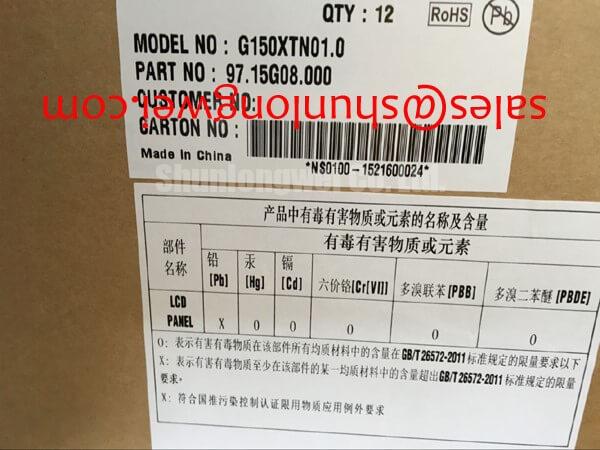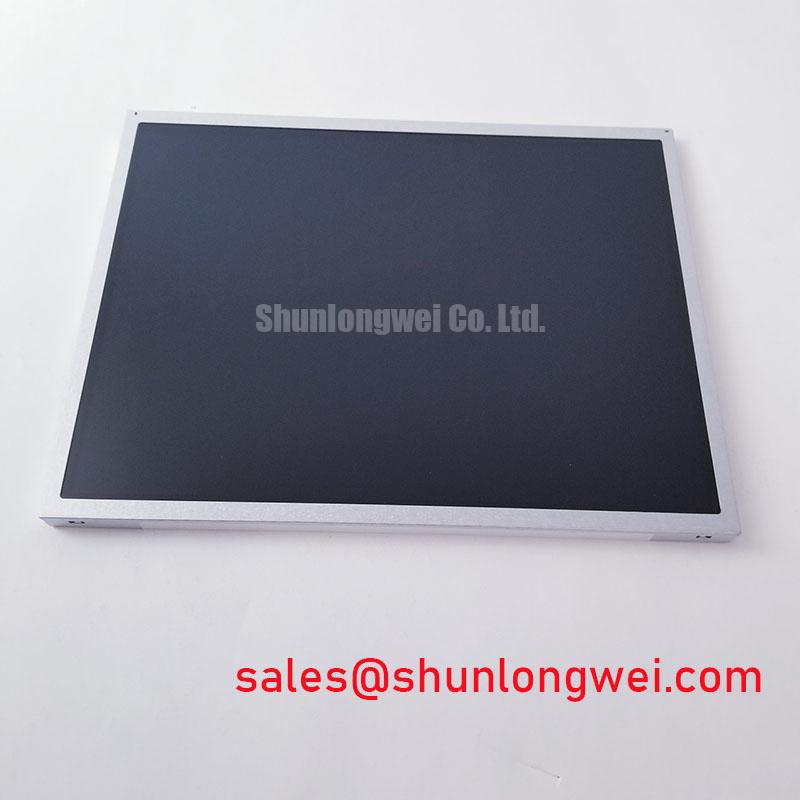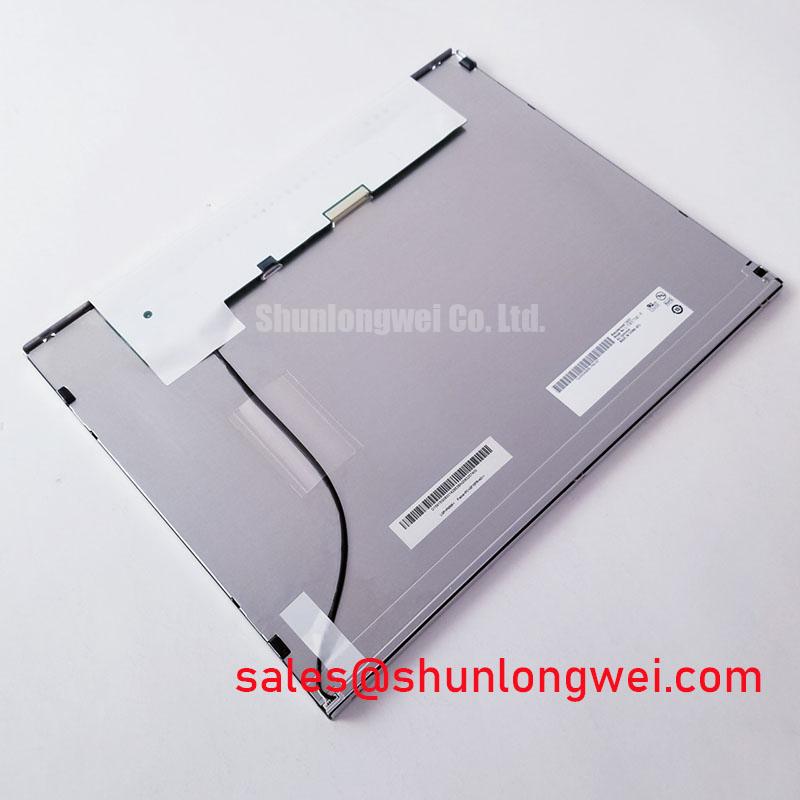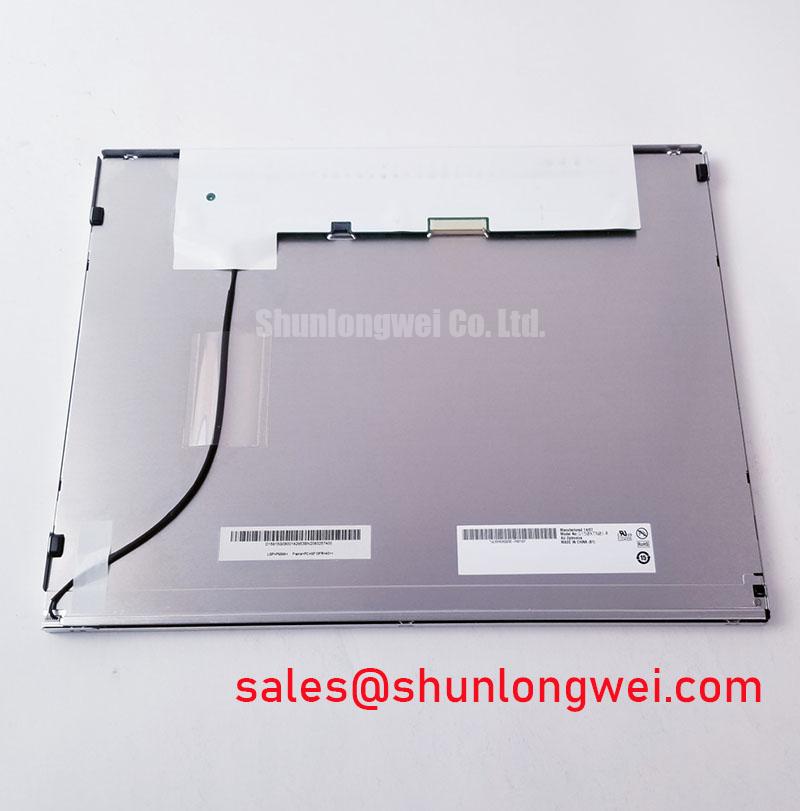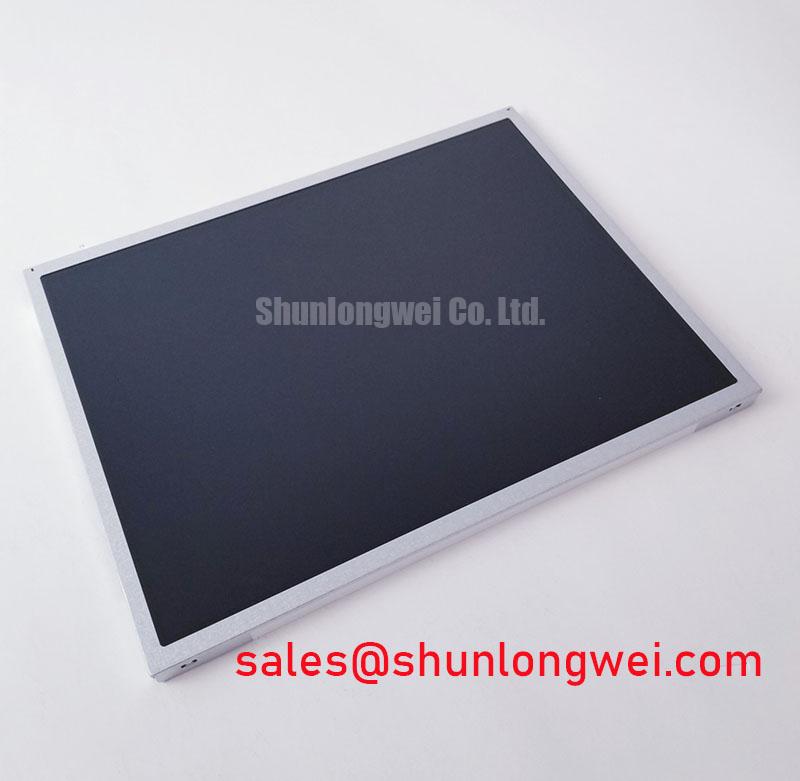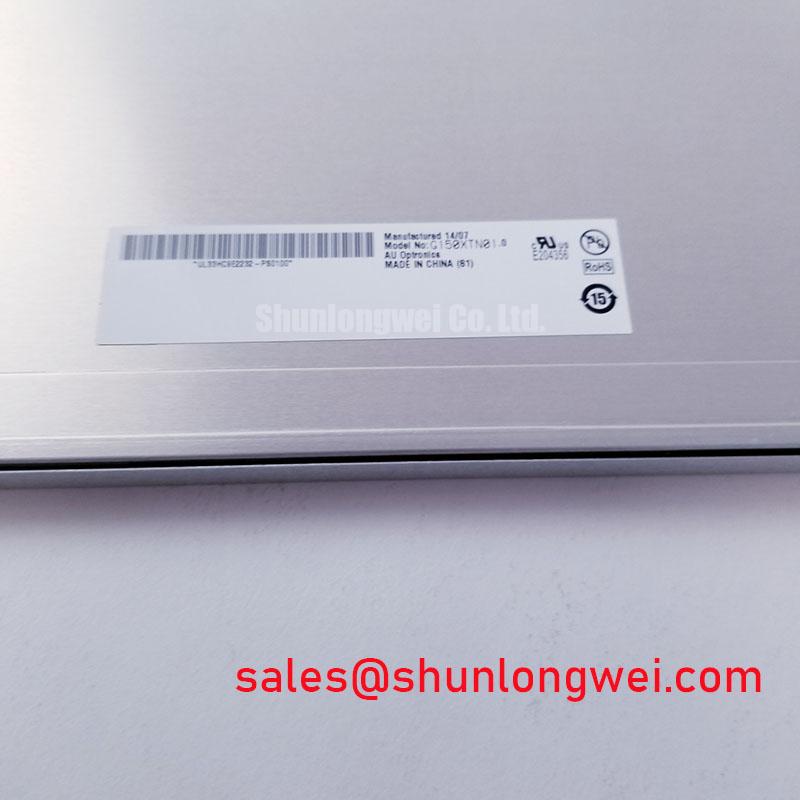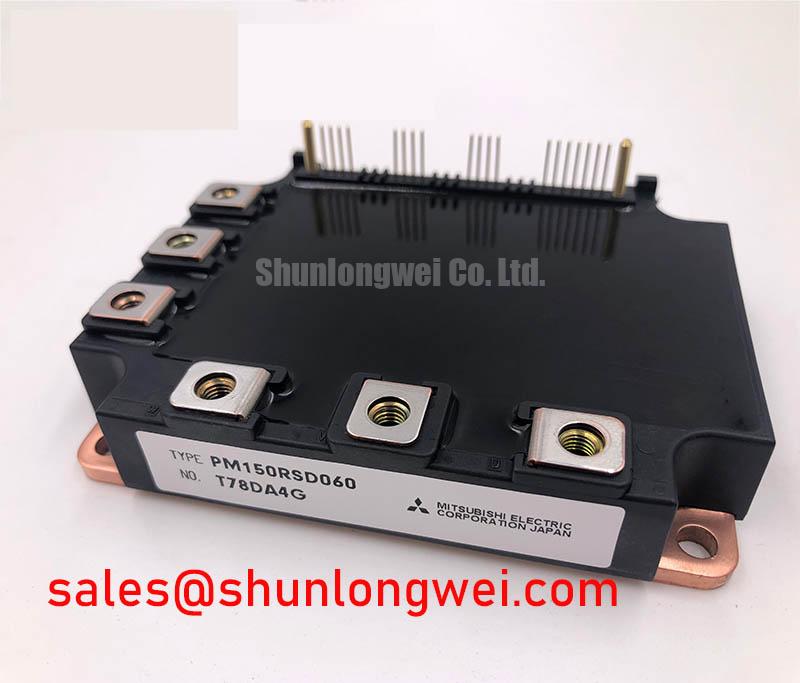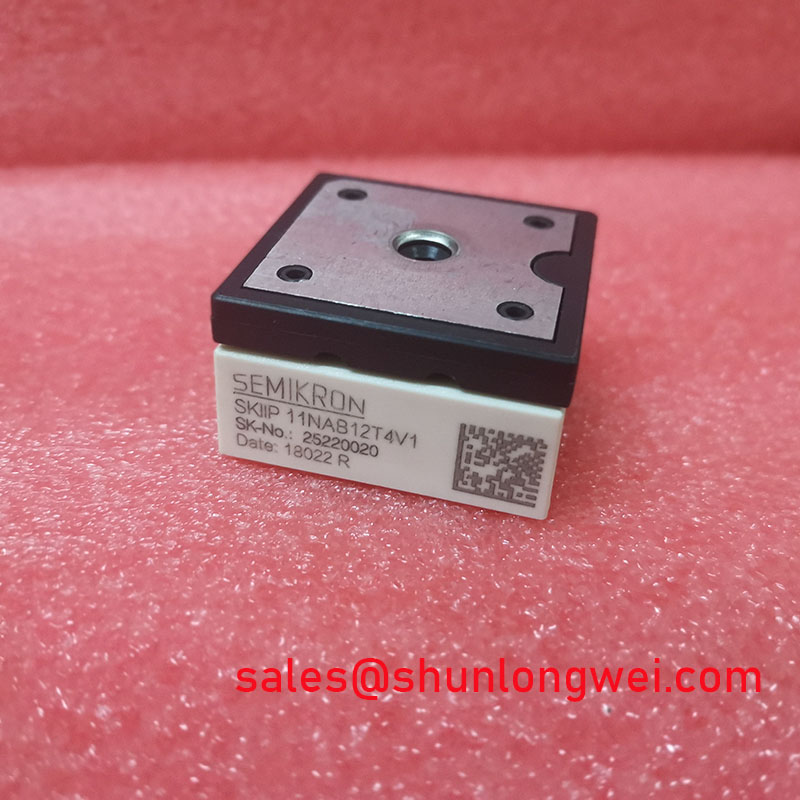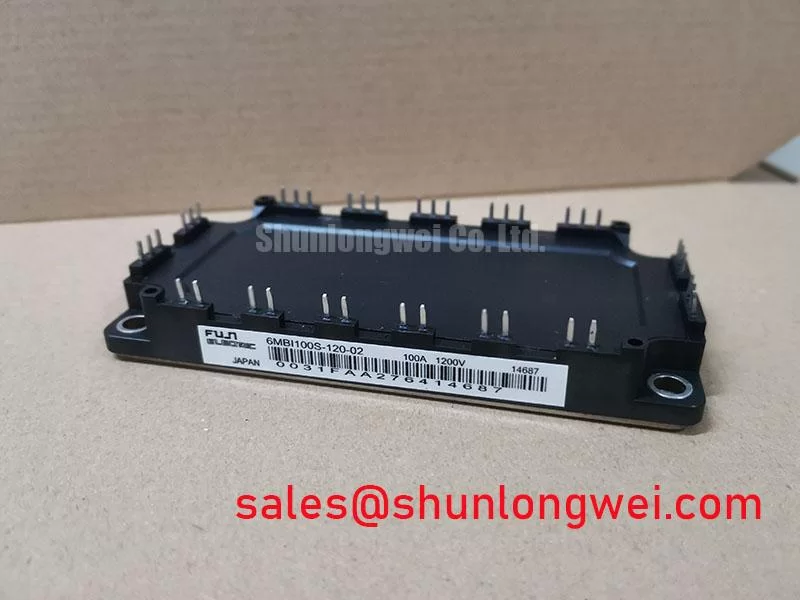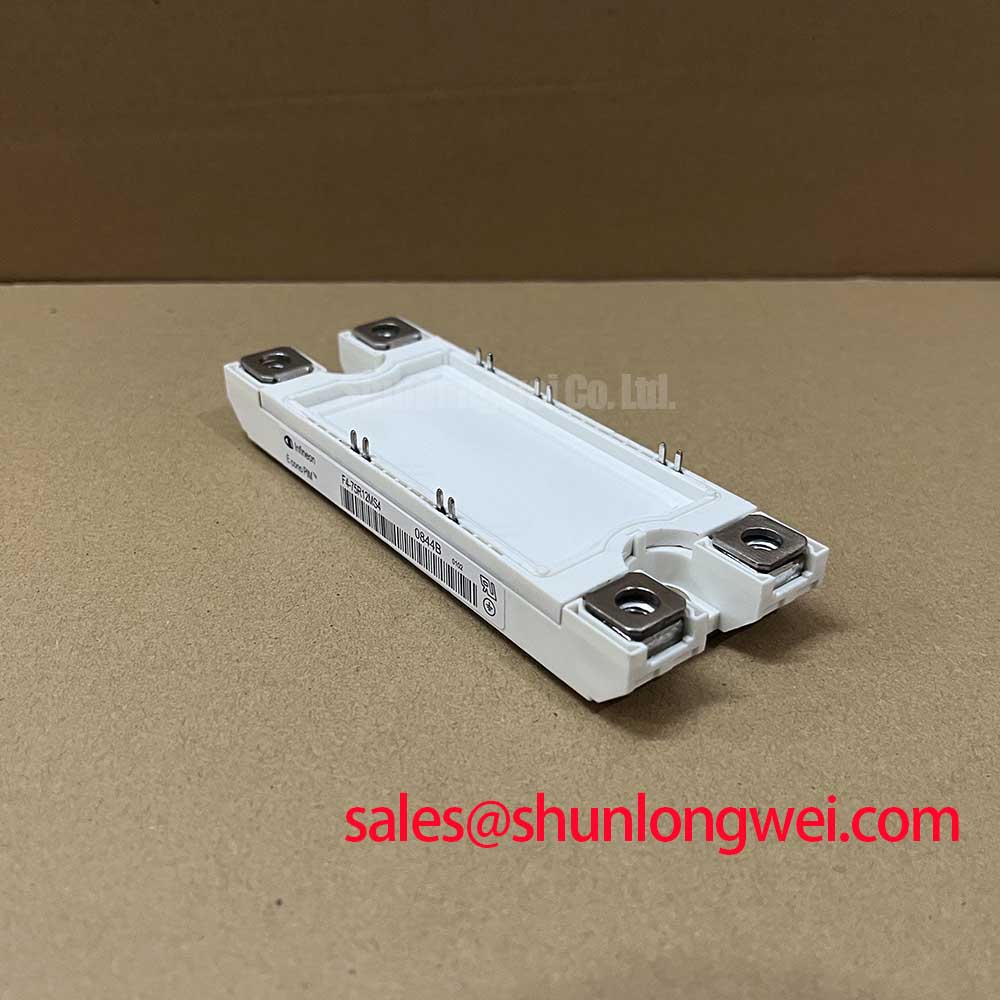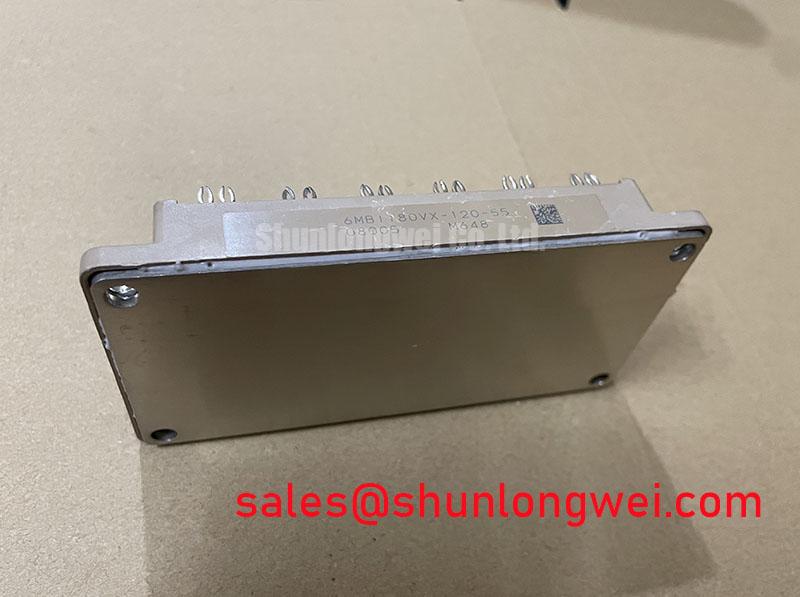Content last revised on October 23, 2025.
AUO G150XTN01.0: Engineering a Robust 15.0" XGA Display for Industrial HMI Applications
Introduction: A Specification-Driven Overview for System Integrators
The AUO G150XTN01.0 is a 15.0-inch a-Si TFT-LCD panel engineered for longevity and consistent performance in demanding industrial environments. This display delivers a practical combination of resolution and operational resilience, featuring key specifications of 1024x768 XGA | 350 cd/m² Brightness | 50K Hour LED Lifespan. Its primary engineering benefits are its robust operational temperature range and extended backlight life, which directly address common points of failure in industrial systems. For engineers evaluating displays for process control or embedded HMI systems, the G150XTN01.0 provides a proven, reliable visual interface. With its standard LVDS interface and 3.3V power supply, this display is an optimal choice for systems requiring long-term operational stability over cutting-edge resolution.
Application Scenarios & Value
System-Level Benefits in Industrial Automation and Control
The G150XTN01.0 is engineered to excel in environments where reliability is paramount. Its value is most evident in applications such as industrial Human-Machine Interfaces (HMIs), process control terminals, and embedded instrumentation. Consider the challenge of deploying an HMI in a manufacturing facility with significant temperature fluctuations. The G150XTN01.0's wide operating temperature range of 0°C to +70°C ensures consistent optical performance and prevents failures, a critical factor for maintaining uptime. What is the primary benefit of its long-life WLED backlight? An extended operational life of 50,000 hours, which significantly reduces the total cost of ownership by minimizing maintenance cycles and replacement costs. This focus on durability makes it a workhorse for factory floors and control rooms. While the G150XTN01.0 is ideal for standard XGA requirements, for systems demanding higher brightness and contrast for outdoor or high ambient light conditions, the related G150XNE-L01 offers enhanced optical characteristics within a similar form factor.
Key Parameter Overview
Decoding the Specs for Enhanced System Reliability
The specifications of the G150XTN01.0 are tailored for straightforward integration and dependable, long-term operation. The balance between its optical characteristics, mechanical dimensions, and electrical interface requirements is critical for system designers. Below is a summary of the key parameters that define its performance envelope.
| Category | Parameter | Specification | Engineering Value |
| Optical Performance | Screen Size | 15.0 inch | Standard industrial size for easy mechanical integration. |
| Resolution | 1024(RGB)×768, XGA | Provides clear, sharp visuals for typical GUI and data displays. | |
| Luminance | 350 cd/m² (Typ.) | Sufficient brightness for indoor industrial environments. | |
| Contrast Ratio | 700:1 (Typ.) | Ensures good legibility and image depth. | |
| Operational Reliability | Operating Temperature | 0 ~ 70 °C | Supports deployment in a wide range of non-condensing industrial settings. |
| Backlight Lifetime | 50,000 hours (Min.) | Reduces maintenance and TCO; critical for long-lifecycle equipment. | |
| Surface Treatment | Antiglare, Hard coating (3H) | Enhances readability in varied lighting and provides durability. | |
| Electrical & Interface | Signal Interface | LVDS (1 ch, 8-bit) | A robust and common interface, simplifying controller board selection. |
| Supply Voltage | 3.3V (Typ.) | Standard low-voltage logic level for easy power system design. |
Download the G150XTN01.0 datasheet for detailed specifications and performance curves.
Industry Insights & Strategic Advantage
Meeting the Demand for Durable, Long-Lifecycle HMIs
The industrial sector's move towards smarter, more connected factories—a core tenet of Industry 4.0—places greater demands on the reliability of all components, especially the HMI. The G150XTN01.0 directly supports this trend by prioritizing durability and a long operational lifespan. Its 50,000-hour backlight is not just a number; it represents over 5.7 years of continuous 24/7 operation. This aligns with the strategic need for equipment manufacturers to reduce service calls and lower the total cost of ownership for their end-users. In applications like CNC machines or process automation systems, where the HMI is an integral part of the machine's value, selecting a display with a proven lifespan and stable supply chain, like those from a major manufacturer like AUO, becomes a strategic advantage. The use of a standard LVDS Interface further enhances its value by ensuring broad compatibility with industrial motherboards and single-board computers, simplifying design and sourcing for long-term product roadmaps.
Frequently Asked Questions (FAQ)
What is the significance of the 50,000-hour backlight lifetime for an industrial application?
The 50,000-hour rating signifies that the backlight's brightness will typically reduce to 50% of its initial value after this period of continuous operation. For an industrial system designed for a 5-10 year service life, this long lifetime is critical. It directly translates to lower maintenance costs and higher system availability, as backlight failure is a common reason for display replacement.
How does the 70°C maximum operating temperature affect system enclosure design?
This specification provides a significant thermal margin for designers of fanless or sealed HMI enclosures. Knowing the panel can reliably operate at this temperature allows engineers to design more compact systems or operate in environments with higher ambient temperatures without resorting to complex and costly active cooling solutions. It simplifies thermal management and enhances overall system reliability.
Is the 350-nit brightness sufficient for typical industrial use cases?
For indoor applications such as factory control rooms, assembly line monitoring stations, or integrated machine controls, a brightness of 350 cd/m² is generally sufficient for clear legibility under typical plant lighting. It provides a clear image without the high power consumption of brighter, sunlight-readable displays.
Does the 8-bit LVDS interface limit the color depth of the display?
An 8-bit LVDS interface supports the display of 16.7 million colors (24-bit color depth), which is the standard for full-color representation. This is more than adequate for displaying complex graphical user interfaces, schematics, and diagnostic information found in modern industrial applications without any compromise in color fidelity.
What does the "Antiglare, Hard coating (3H)" surface treatment mean from a practical standpoint?
The antiglare treatment diffuses reflections from overhead lighting, improving screen readability and reducing operator eye strain. The 3H hard coating provides a crucial layer of protection against scratches and minor impacts that are common in industrial settings, enhancing the display's physical durability and preserving its optical clarity over time.
An Engineer's Perspective on Integration
Final Thoughts on System Design
From an integration standpoint, the AUO G150XTN01.0 is a pragmatic choice. Its strength lies not in pushing the boundaries of resolution or brightness, but in delivering a highly reliable and predictable component for long-lifecycle industrial systems. The use of a standard 20-pin LVDS connector, a common 3.3V supply rail, and established mechanical dimensions minimizes design risk and simplifies sourcing. The panel’s proven performance in the field provides confidence that it will meet the operational demands of industrial automation, medical devices, and test equipment where stability is the most valued attribute.

